PARTNER CONTENT
This content was produced by Automotive Logistics in partnership with CHEP
The packaging sector can look forward to the increased use of sustainable materials, more recyclability and the continued integration of smart technologies, according to Murray Gilder, vice president, Automotive at packaging provider CHEP
In what ways do pooled, reusable and serviced containers, such as those offered by CHEP, support a more efficient, resilient and sustainable automotive supply chain?
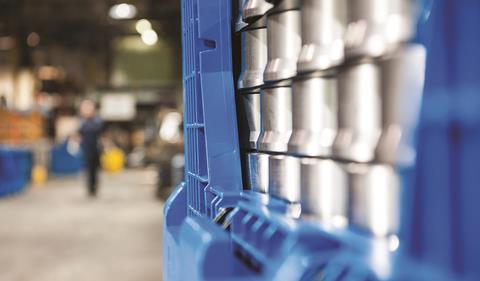
When it comes to a greener supply chain, any form of reusable container reduces the need for single-use packaging and thus minimises waste. Pooling those containers for multiple OEMs and suppliers – as we do at CHEP – takes this further by integrating sharing economy principals. Rather than owning containers, companies order what they need, when they need it. In addition, the end-to-end container management service that pooling companies offer, allows customers to focus on their core business, enhancing efficiency.
Relinquishing ownership offers multiple sustainability gains. Empty transport miles are one of the biggest sustainability challenges for the supply chain as a whole. With a global network of service centres, CHEP delivers from one centre and collects from another, meaning empty return runs – and associated empty miles – are reduced.
In turn, always having the packaging needed, even when needs change, enhances a company’s resilience. At CHEP, we regularly maintain and inspect containers at our service centres, further ensuring their reliability and lifespan. Leveraging our footprint and extensive customer base, we also offer solutions to navigate supply chain disruptions, and transport collaboration for those operating similar lanes.
What are the main things to consider when making packaging more sustainable and how is CHEP achieving this?
Reusability is, of course, a key consideration, but not the only one. Even if our containers are made from rigid plastic to ensure durability and protection, sustainable material choices can still be made. A good example of this is our latest foldable container for the transport of dry equipment. Recently launched by CHEP Europe, it is made from 97% post-consumer plastic (of its total weight) and sets a new standard for sustainability. Be it for the steel used to make cars or the batteries that power them, across the automotive supply chain we are witnessing a move towards lifecycle assessment. At CHEP, we are applying that same approach to packaging.
Sustainability is also about people. Take the same container as an example: it has been designed to prioritise ergonomic improvement and safety for customers. It also incorporates innovative design features to facilitate manual and automated operations and processes. Better supply chain integration always offers sustainability gains.
Are automotive shippers demanding more sustainable packaging for their products?

Recent surveys suggest they are. It is also something we are hearing during discussions with automotive stakeholders. Growing environmental concerns and regulatory pressures are making companies look at how to reduce their carbon footprint within their immediate operations, but also along the supply chain.
Additionally, stricter government regulations are being placed on packaging waste, compelling companies to adopt eco-friendly solutions. By transitioning to pooled reusable containers, automotive shippers can mitigate environmental impact and comply with regulations, all while reducing the additional costs associated with waste management and disposal.
How does the trend to local sourcing and nearshoring in the automotive sector affect the rotation of returnable containers and the pooling organisation?
Any company accessing a global container pool – like the one we offer at CHEP – is less concerned with the rotation of returnable containers. Alleviating the headache of organising return runs is one of its main advantages, as outlined above. Companies are, however, looking to lower carbon emissions associated with transportation across the board; shorter circuits will evidently contribute. Nearshoring also improves supply chain reliability, as closer proximity to suppliers reduces the risks and delays associated with long-distance shipping.
That said, if we turn the question around, our experience in North America is interesting. The recent nearshoring trend for automotive suppliers to relocate to Mexico has seen us – as part of our service - accompany clients within the Mexican government’s IMMEX initiative. Eligible companies can import raw materials, components and equipment duty and tax-free if the goods are used in the production of merchandise to be exported within a government-mandated time frame. So, in this case, as a pooling organisation, we are using our expertise to accompany clients follow market trends, rather than responding to them.
What are the major global trends currently shaping packaging within the automotive supply chain?
One of the main trends has already been discussed: greener packaging. That means anything that prefers eco-friendly materials, is reusable and reduces waste. Accompanying this is a push towards what is termed smart packaging. Only feasible within reusable packaging, this involves the integration of sensors and Internet of Things (IoT) technology to allow containers to be tracked in real time.
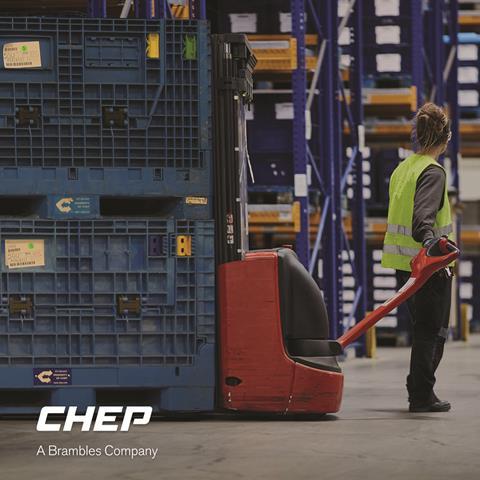
Artificial intelligence (AI) then combines historical data with this real time data to offer services such as predictive route planning. Essentially, smart packaging is facilitating traceability, reducing transportation costs and improving overall supply chain transparency. Consequently, automotive stakeholders are more efficient and sustainable, while watching their bottom line.
Finally, regulatory compliance is influencing today’s packaging, as it seeks to ensure safety and adherence to international guidelines. This is notably the case as we develop alternative vehicles to those powered by combustion engines. Batteries used in electric vehicles (EVs), for instance, are classed as dangerous goods. Their packaging needs to both adapted and certified when exporting to different parts of the world.
What are some of the environmental regulations that affect packaging and what innovative strategies and products is CHEP offering in response?
As alluded to above, whether they relate to safety or the environment, regulations tend vary from region to region. As a global player with offices in 60 countries, CHEP works with customers to navigate these differences and ensure compliance.
Environmental regulations concerning packaging are largely linked to material usage, recycling, and waste management. When it comes to the European Union, the Packaging and Packaging Waste Directive mandates member states to meet recycling and recovery targets and encourages the reduction of packaging waste; its Circular Economy Action Plan further promotes sustainable packaging practices. In the United States, regulations like the Resource Conservation and Recovery Act (RCRA) govern similar topics.
CHEP’s products do not vary from region to region in terms of meeting environmental regulations. Our ‘share and reuse’ model has circularity at its core. Launched seven decades ago, it sought functionality. Why return and an empty container to its origin, when it could be filled and used by someone else? Today, CHEP’s services are still valued for what they offer in terms of functionality, but – with heightened environmental awareness - also in terms of sustainability.
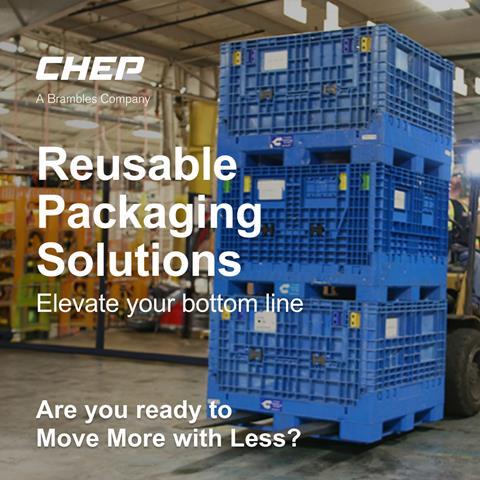
What future packaging trends are anticipated in light of efforts to decarbonise inbound logistics and how should companies prepare for these changes to remain competitive on a global scale?
To further boost green supply chains, we will be seeing more of the same. That is to say the increased use of sustainable materials, more recyclability and the continued integration of smart technologies. Innovations in materials, such as bio-based plastics, will be important moving forward.
As the automotive supply chain evolves, and there is an increase in batteries and hydrogen fuel cells, modular packaging will become more important. Sustainability can be gained by innovating with primary packaging. This has rarely been the focus in B2B supply chains, but modular, reusable inserts can achieve greater packing density and further allow to transport more for less. It’s something we now offer at CHEP.
Moving forward, I also see a heightened focus on lifecycle assessment to measure and minimise the environmental impact of packaging within supply chains. To prepare for these changes, companies must stay informed about evolving regulations and standards, while prioritising research and development in sustainable packaging.
They can also work with a partner like CHEP! Our job isn’t just to provide containers as and when needed. We partner with all our clients, navigating the world of automotive packaging and logistics for them so they can focus on their core business.






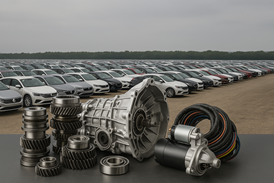










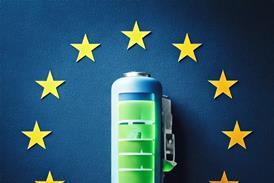








![Global[1]](https://d3n5uof8vony13.cloudfront.net/Pictures/web/a/d/s/global1_726550.svgz)

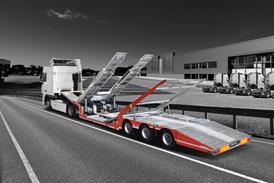







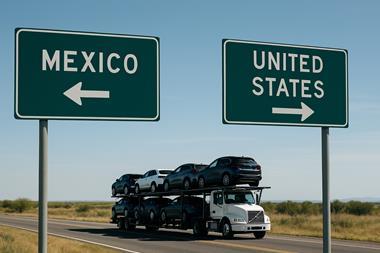
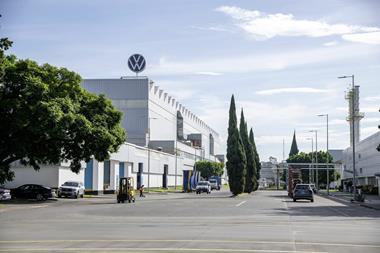



No comments yet